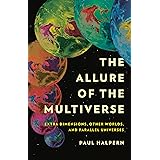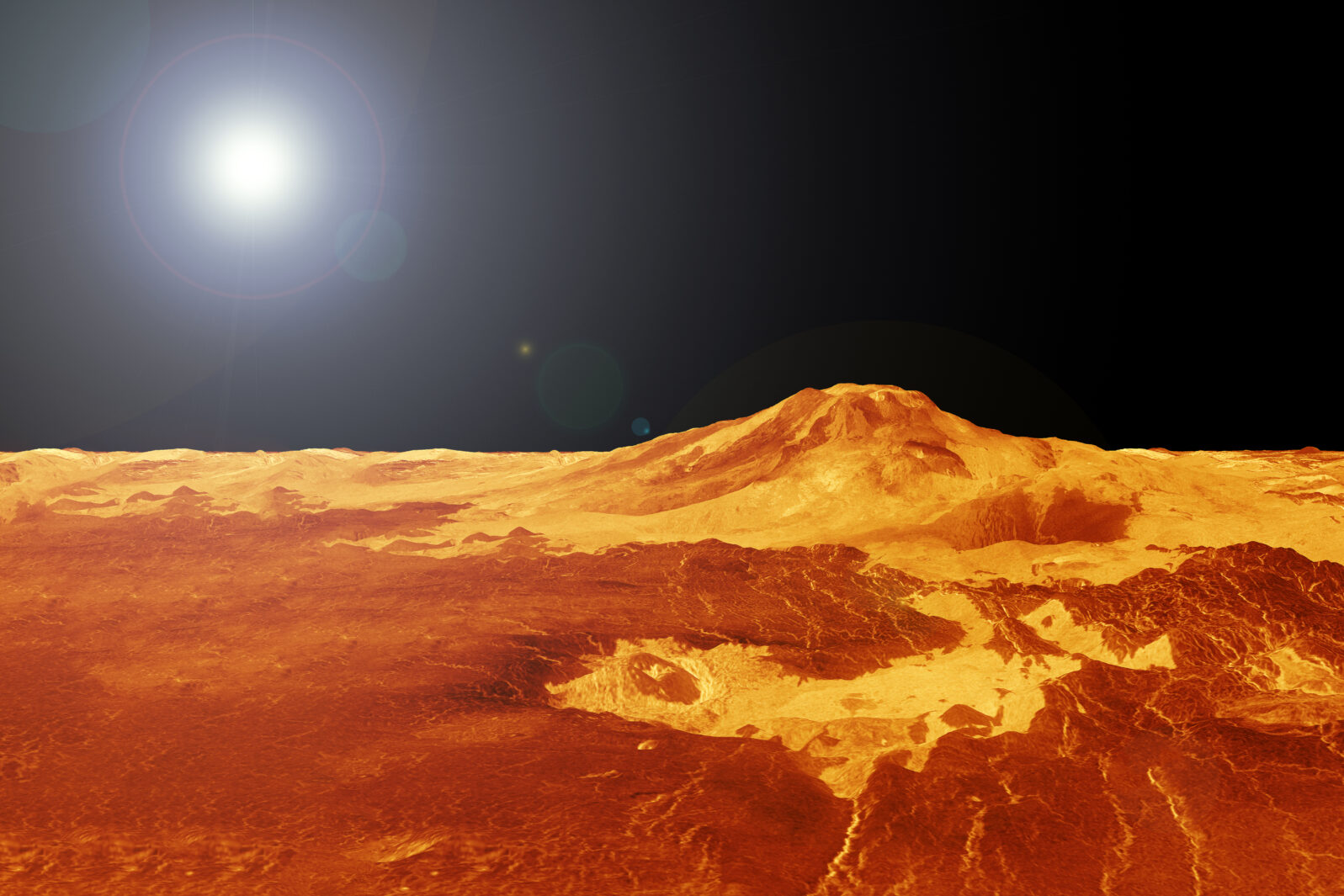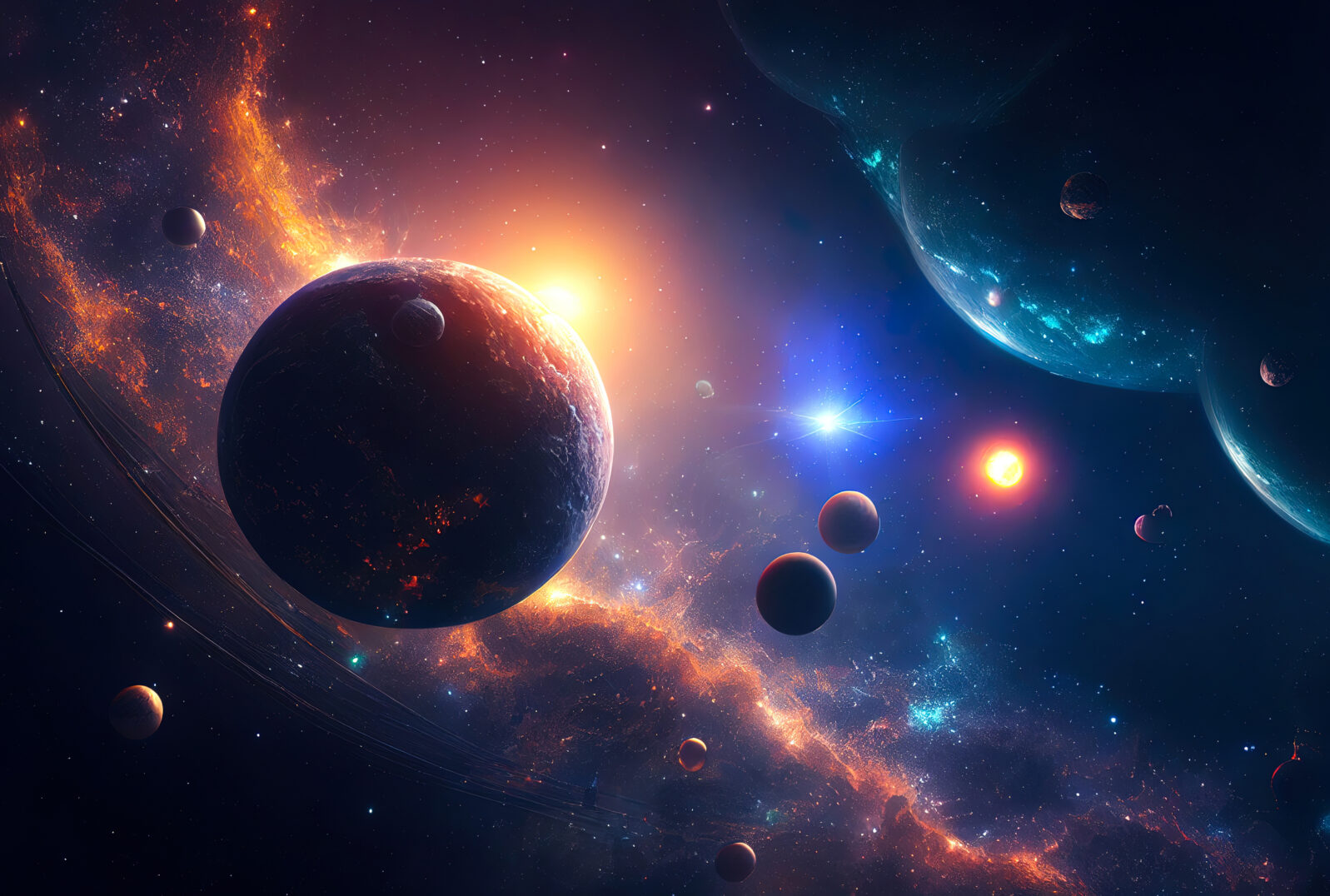Five Trends That Help Us Make Sense of Space Science Today
The five trends noted below aren’t the only trends of importance but they are worth noting — they result in the kinds of stories that keep appearing in one form or another because the concept has enduring appeal.

1.The multiverse persists as a belief without evidence. At Cosmic Log, science writer Alan Boyle discusses why scientists take the multiverse — the idea that there might be an infinite number of universes — seriously? He points to the book The Allure of the Multiverse (Basic Books 2024) by Saint Joseph’s University physicist Paul Halpern:
Scientists have searched for traces of the multiverse at work in the temperature variations of cosmic microwave background radiation — the so-called afterglow of the Big Bang. They’ve tried to detect primordial gravitational waves that could tell them about the history of cosmic inflation. They’ve looked for signs of gravitons at the Large Hadron Collider, or small-scale variations in the force of gravity that could point to interactions with extra dimensions.
So far, these scientists have struck out. Some have even given up, after concluding that the multiverse hypothesis is an unprovable “theory of anything” and therefore shouldn’t be considered science.
Alan Boyle, “Why scientists are mesmerized by the multiverse, Cosmic Log, January 15, 2024
Halpern disagrees. But determined persistence despite lack of evidence usually points to a value judgment. While neither Boyle nor Halpern mention this, “our cosmos appears to have been precisely tuned to foster intelligent life.” (Phys.org) There is lots of evidence for that, though many proclaim it an illusion. The simplest fix they can offer is that there may be countless universes that randomly flopped, along with a few accidental winners:
Some physicists have explained away these serendipitous conditions by invoking multiverse theory, which states that there are an infinite number of parallel universes, each with different physical parameters. Within the multiverse framework, it is not so surprising that humans should have evolved in one of the parallel realities in which conditions happen to be habitable for us. So the fine-tuning puzzle evaporates.
Foundational Questions Institute (FQI), “Is the ‘fine-tuned universe’ an illusion?” Phys.org, February 7, 2022
But that’s actually speculation; by contrast, the parameters that enable life as we know it are, however uncomfortable for some, a fact — whatever we want to make of it.
2.The hope of finding life elsewhere in the universe continues, unabated by disappointment. Many eyes are glued on the James Webb Space Telescope as it surveys exoplanets in the hope of finding evidence for life-permitting conditions elsewhere. So far, the results can be summed up in a recent Ars Technica headline: “No, the James Webb Space Telescope hasn’t found life out there—at least not yet.” NASA has confirmed 5572 exoplanets as of this writing, none of them seriously Earth-like. But, we also learn, water may be more common than we think. So hope springs eternal and, as astronomer Jason Steffen told Universe Today, studying exoplanets “helps us understand more about our own origins by showcasing some of the different potential outcomes of the planet formation process.”

3.As extraterrestrial life appears scarce, clutching at straws becomes common. We are told, for example, that, while life on Earth uses water as a solvent, life elsewhere might use a different chemical: At Phys.org, Brian Koberlein tells us, concentrated sulfuric acid (H2SO4) or carbon dioxide (CO2) might also work. An open-access paper has been written on these proposals. Thus, we are told that Venus’s clouds, despite concentrations of sulfuric acid, may contain life. It’s true that on Earth, extremophiles can live in a remarkable variety of circumstances — but Earth is a life-friendly planet. What would happen elsewhere is still a question mark.
4.Fine-tuning of Earth for life can be admitted if it is portrayed as a coincidence. For example, Harvard astronomer Avi Loeb writes at The Debrief about the specific relationship between the tidal forces exerted by the Sun and the Moon, which he thinks may be favorable to the development of complex and intelligent life: “Altogether, there are two coincidences at play here: the near equality of the lunar and solar sizes in our sky and the fact that we live on Earth while this coincidence is happening” and “Again, this a pure coincidence because the Moon is a cold solid rock whereas the Sun is mostly made of a hot hydrogen gas.”
Assuming that fine-tuning is a coincidence is based on the need to avoid the suggestion that the universe was designed in some way. It has little to do with the evidence as such.
5.The fact that there are grave problems with current cosmology is not generally conveyed to the public. As science writer Liz Kruesi explains at Quanta, “As measurements of distant stars and galaxies become more precise, cosmologists are struggling to make sense of sparring values”:
As astronomers made more precise observations of the universe across the sweep of cosmic time, cracks began to appear in the standard model. Some of the first signs of trouble came from measurements of variable stars and supernovas in a handful of nearby galaxies — observations that, when compared with the residual cosmic glow, suggested that our universe plays by different rules than we thought, and that a crucial cosmological parameter that defines how fast the universe is flying apart changes when you measure it with different yardsticks.
Liz Kruesi, “Clashing Cosmic Numbers Challenge Our Best Theory of the Universe,” Quanta Magazine, January 19, 2024
It’s worth keeping these biases, hopes, uncertainties, and value judgments in mind when we are told that we should “trust the science.”
